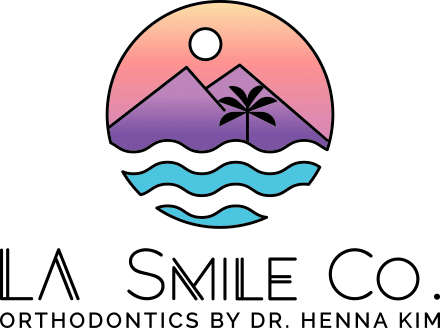We get asked this question quite frequently, and the answer is: Yes, in certain cases. For those of you concerned with why, let’s get into it!
Orthodontic treatment is a specialized field of dentistry that focuses on correcting misaligned teeth and jaws. While orthodontics can help improve the appearance of your smile, it can also have significant health benefits. One of the most common dental procedures that often aids in this correction and improvement in oral health is dental extractions.
What are dental extractions?
Dental extractions, also known as tooth extractions, involve removing one or more teeth from the mouth. This procedure is typically done by a dentist or oral surgeon and can often be performed under local anesthesia. Dental extractions are commonly used to treat a variety of dental problems, including tooth decay, gum disease, and impacted teeth.
Why might extractions be necessary in orthodontic treatment?
Here are some of the most common reasons why extractions may be necessary in orthodontic treatment:
-
- Crowding
One of the most common reasons for extractions in orthodontic treatment is severe crowding. Crowding occurs when there is not enough space in the mouth for all of the teeth to fit properly, even with expansion of the jaws and dental arches. This can lead to teeth overlapping, rotating, or shifting out of position. By removing one or more teeth, orthodontists can create more space in the mouth and allow the remaining teeth to move into a more desirable and healthy position within the supporting periodontium (the gum and bone of the jaws).
-
- Impacted teeth
Sometimes teeth may become impacted, which means they are trapped beneath the gums inside the jaw bone and cannot erupt properly. This often occurs with wisdom teeth, but can also occur with other teeth in the mouth. Impacted teeth can cause pain, infection, and damage to adjacent teeth. In orthodontic treatment, impacted teeth may need to be extracted to prevent further complications.
-
- Protruding teeth
Protruding teeth are teeth that stick out too far from the jawline. This can be due to a variety of factors, including genetics, habits like thumb sucking, or mouth breathing. Protruding teeth can be unsightly, but they can also increase the risk of dental trauma and injury. In some cases, orthodontic treatment may require the extraction of one or more teeth to correct protrusion and improve the position of the lips and alignment of the jaws.
-
- Bite problems
Orthodontic treatment may also be necessary to correct bite problems, such as overbites, underbites, and crossbites. These bite problems can cause difficulty chewing, speaking, and breathing, as well as lead to jaw pain and TMJ disorders. In some cases, orthodontic treatment may require the extraction of one or more teeth to correct bite problems and improve overall oral health.
TL;DR
While dental extractions may seem intimidating, they can actually be a safe and helpful way to correct a variety of dental problems without compromising esthetics. By removing one or more teeth, orthodontists can create more space in the mouth, prevent further complications, and improve overall oral health. If you are considering orthodontic treatment, it is important to talk to your orthodontist about the possibility of dental extractions and any concerns you may have. Dr. Henna Kim is more than happy to discuss treatment pros and cons and which option would work best for you. With the right treatment plan, you can achieve a beautiful, healthy smile that lasts a lifetime.
